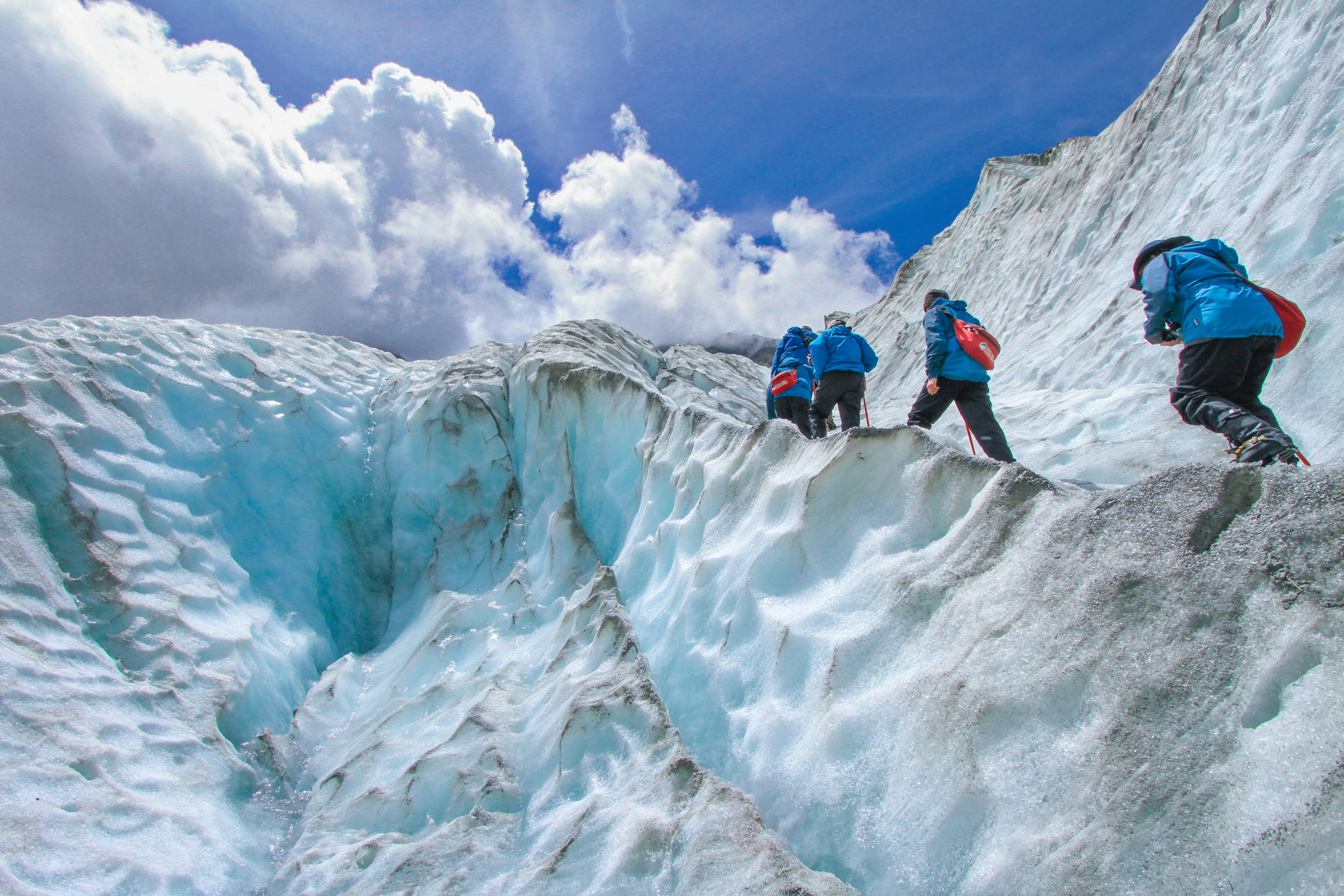What are the best practices for hiking in the Peak District during winter?

The Peak District, with its undulating hills, vast moorlands, and breathtakingly beautiful panoramic views, offers an irresistible lure for hiking enthusiasts all year round, even in winter. The season's harsh beauty, characterized by its cold, blustery winds, and blankets of snow, brings a unique challenge and charm to your hikes. However, braving these icy conditions requires careful planning and the right approach.
Here, you'll find the best practices to keep in mind when setting out for winter hikes in this stunning district.
A lire également : What specific flora and fauna can you expect to see in the New Forest during spring?
Preparing for the hike
Before you venture out into the cold, preparing adequately for your winter hike is crucial. This involves not just choosing the right trail and packing the correct gear, but also ensuring you're physically and mentally ready for the challenge ahead.
Choosing the right trail
An integral part of preparation is selecting the right trail to suit your ability and the weather conditions. The Peak District offers a variety of routes, ranging from gentle, low-level walks to challenging hill climbs. Researching your route thoroughly is of utmost importance, as conditions in winter can transform even familiar paths into challenging terrains. Always choose a route that matches your fitness level and be prepared to adjust your plans based on the weather.
Sujet a lire : How can you find eco-friendly lodging in the Peak District?
Getting the right gear
Dressing appropriately is essential to stay warm and dry during winter hikes. Layering is key here. Start with a base layer that wicks away moisture, add an insulating layer to retain heat, and finish with a waterproof and windproof outer shell. Insulated, waterproof boots are a must, as are thick thermal socks. Remember to protect your extremities with warm gloves, a hat, and a scarf.
Physical and mental readiness
Winter hiking in the Peak District demands more than just physical fitness. Mental readiness is equally important. The cold weather, short daylight hours, and the potential for sudden changes in weather all add to the challenge. Regular exercise and training walks can help condition your body for the hike, while mental preparation can include visualizing the route and potential challenges you might face.
Ensuring safety on the trail
While the prospect of a winter hike can be exciting, never underestimate the potential dangers. Here are some safety measures to ensure your hike is memorable for all the right reasons.
Keeping an eye on the weather
Watching the weather closely is crucial when hiking in winter. Pay attention to the forecast before you set out and be prepared to change your plans or turn back if conditions worsen. Remember, the weather in the Peak District can change rapidly.
Staying hydrated
In the cold, it's easy to forget to drink water, but staying hydrated is just as important in winter as in the warmer months. Take regular water breaks and consider warm drinks like hot chocolate or tea to help keep you warm.
Navigating in the snow
Snow can disguise familiar landmarks and make paths difficult to find. Always carry a map and compass and know how to use them. Be aware of your surroundings and keep an eye out for trail markers.
Tips for a comfortable winter hike
A winter hike can be a daunting prospect, but with a few tips, you can ensure your day out in the snowy Peak District is as comfortable as possible.
Warming up before setting out
Warming up before you start your hike can help your body adjust to the cold weather and reduce the risk of injury. A few stretches and light cardio exercises can get your blood flowing and prepare your muscles for the day ahead.
Keeping a steady pace
Rather than rushing to reach the peak, keep a steady pace throughout your hike. This will help conserve energy and reduce the risk of injury or exhaustion. Remember, it's not a race to the top, it's about enjoying the journey.
Taking regular breaks
Regular breaks are essential on a winter hike. These not only give your body a chance to rest, but also allow you to refuel and rehydrate. Use this time to take in the stunning winter scenery around you - that's what you're here for, after all!
Walking in the Peak District is a wonderful experience at any time of year, but in winter, the landscape takes on a new and dramatic beauty. So, wrap up warm, plan carefully, stay safe, and relish the challenge of a winter hike in this stunning part of the country.
Essential Winter Hiking Tips
Hiking in the Peak District during winter can be an exhilarating experience. However, it demands specific knowledge and skills to ensure you have a safe and enjoyable time. Here are some useful tips that can be beneficial.
Knowing the terrain
The Peak District is divided into two contrasting landscapes, the Dark Peak and the White Peak. The Dark Peak is characterized by its gritstone edges, peat bogs, and moorland plateaus, like Kinder Scout, while the White Peak features limestone dales and gentler rolling hills. Knowing the difference can help you choose a trail that suits your preference and experience level.
Using social media for updates
Platforms like Facebook and Twitter can be used to get the latest updates from fellow hikers, the National Trust, or the Peak District National Park authorities. These may include reports on weather conditions, trail statuses, and any closures or restrictions.
Investing in quality gear
Winter hiking requires sturdy and warm gear. Hiking boots should be waterproof and insulated, while clothing should be layered and made of materials that can withstand the harsh weather. Brands like Cotswold Outdoor offer a range of hiking gear suitable for winter conditions. Buying from Amazon is another option, but make sure to read reviews and check the product description before making a purchase.
Considering wild camping
If you're up for a real adventure, consider wild camping. However, it's crucial to know the rules and regulations, as it's not always permitted. Also, make sure you're well equipped and prepared for extremely cold temperatures overnight.
Embracing the beauty
Take time to enjoy the stunning winter scenery of the Peak District. From the snow-dusted hills surrounding Ladybower Reservoir to the frosty summit of Mam Tor, winter truly transforms the landscape of this national park.
Winter hiking in the Peak District can be a rewarding experience if you're prepared and aware of the challenges that come with it. From choosing the right trail and gear to knowing how to use social media for updates and considering wild camping, these best practices can help ensure that your winter hike is safe and enjoyable. And whether it's the White Peak's gentle hills or the Dark Peak's rugged landscapes, make sure to take time to appreciate the breathtaking beauty of the region. After all, the ultimate goal is not just the destination, but the journey itself. So, bundle up, stay safe, and embrace the winter wonderland that is the Peak District.
